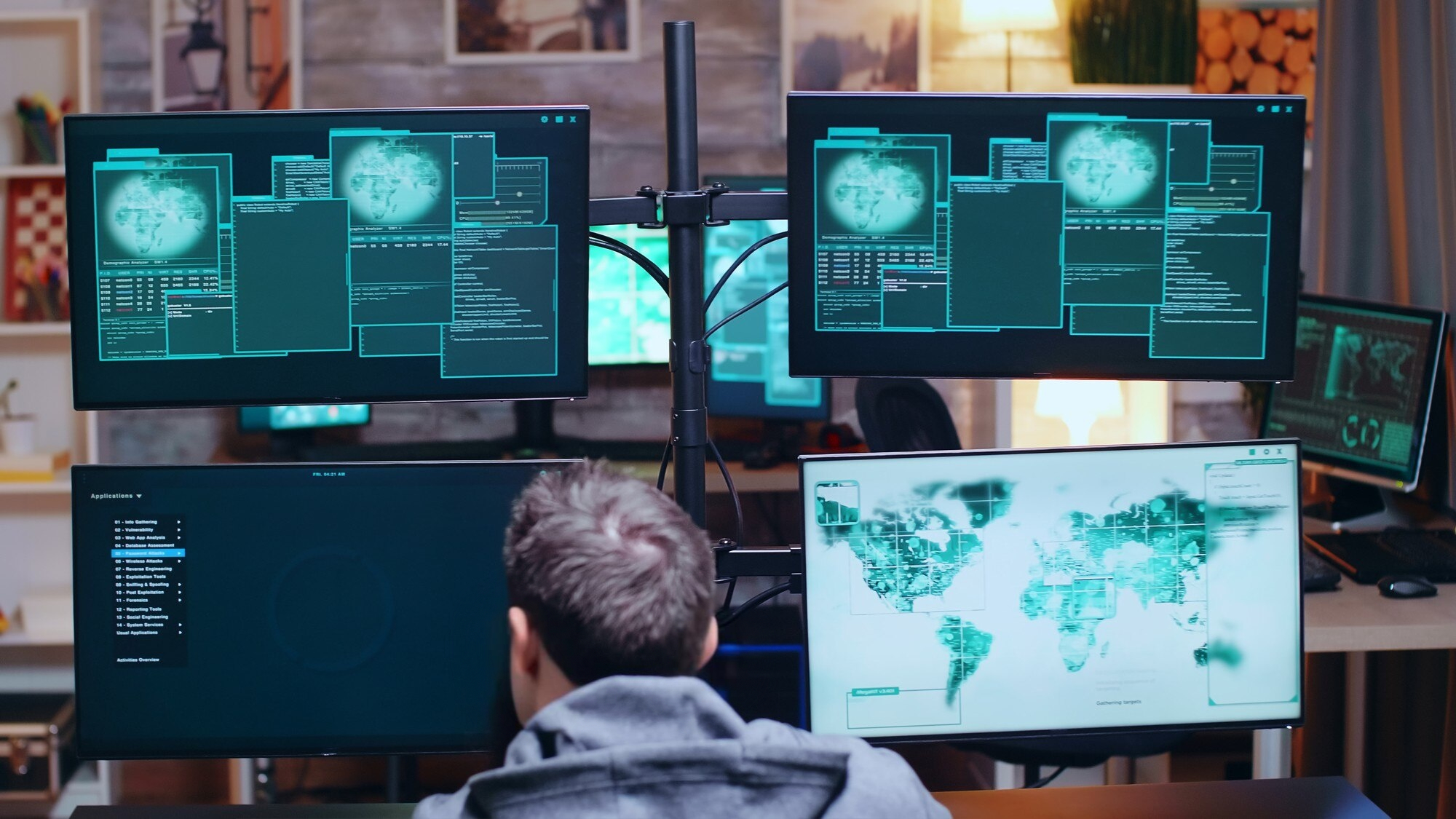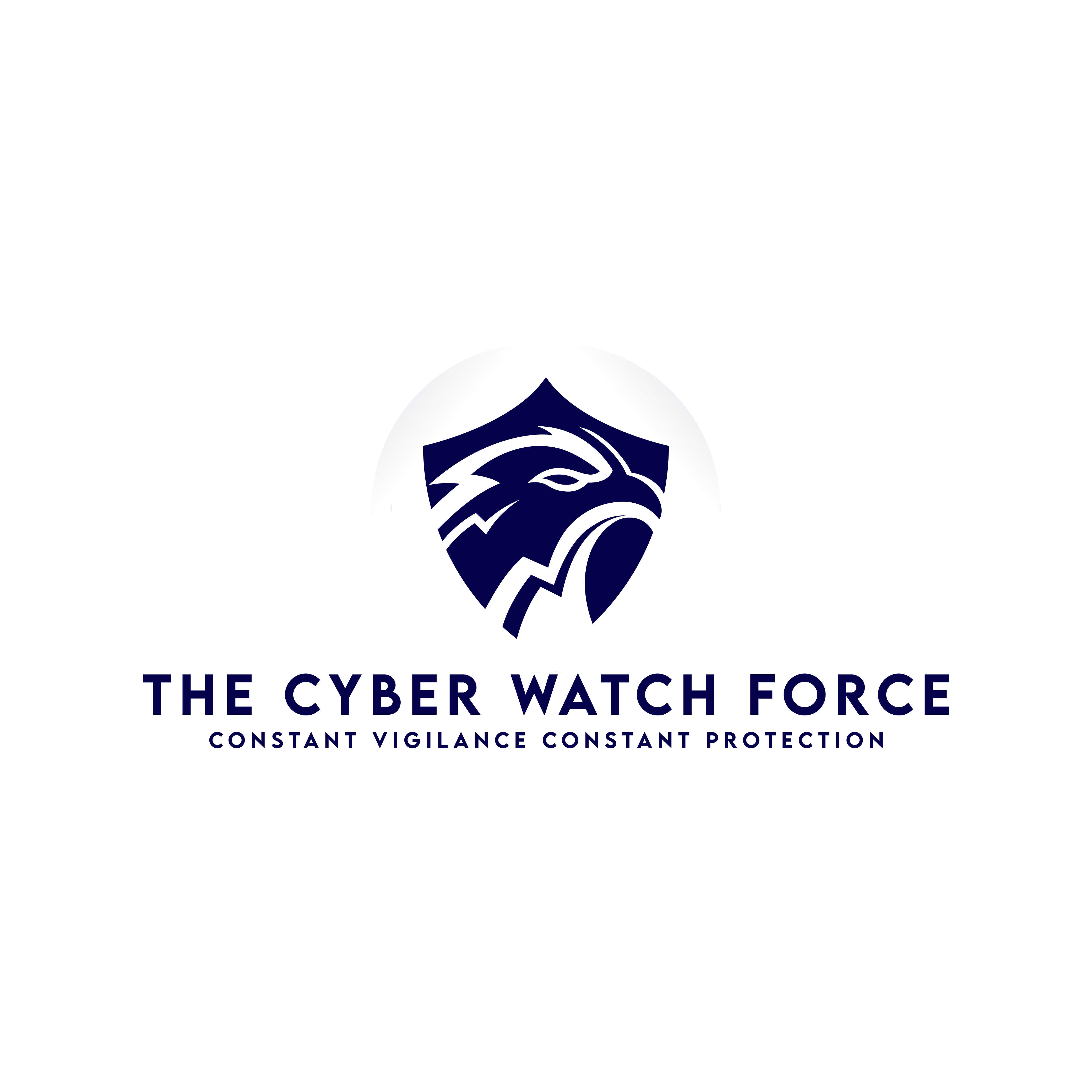Threat Hunting Management
Proactive Security With Threat Hunting
Many traditional IT companies focus solely on identifying threats at the outer limits of your network. However, attackers can quietly infiltrate and stay within the network for months, collecting data, searching for confidential information, or securing login credentials that allow them to move laterally. The Cyber Watch Force effectively counters this threat by conducting extensive threat-hunting operations to detect and address these hidden risks.

What Is Cyber Threat Hunting?
Threat hunting is the proactive practice of identifying cyber threats that may be lurking unnoticed within a network. This approach digs deep to reveal malicious actors who have slipped past your initial endpoint security defenses. Once they gain entry, attackers can remain hidden for months, quietly collecting sensitive data, searching for confidential materials, or acquiring login credentials to move laterally within the network. When an adversary successfully bypasses detection and infiltrates an organization, many organizations struggle with the advanced detection capabilities needed to combat these advanced persistent threats. This is why The Cyber Watch Force integrates threat hunting as a fundamental aspect of our defense strategy. With the ever-evolving nature of cyber threats, threat hunting is becoming increasingly essential, enabling us to stay ahead of potential risks and respond swiftly to any attacks.
How We Conduct Threat Hunting Operations
We assume that adversaries are already in the system, and they initiate investigation to find unusual behavior that may indicate the presence of malicious activity. In proactive threat hunting, this initiation of investigation typically falls into three main categories:

Hypothesis-Driven Investigation
Hypothesis-driven research is often initiated by the discovery of a new threat, identified through a comprehensive analysis of operational intelligence attack data that sheds light on the most recent tactics, techniques, and procedures (TTP) used by attackers. Once we pinpoint a new TTP, we will investigate whether the attacker’s distinct behaviors exist within your network.

Indicators Of Compromise
This method of threat hunting utilizes tactical threat intelligence to compile a list of recognized indicators of compromise (IOCs) and indicators of attack (IOAs) linked to emerging threats. These indicators serve as signals for us to identify possible concealed attacks or active malicious behavior.

AI-Driven Investigation
This third method utilizes robust data analysis alongside machine learning to process extensive information, allowing for the detection of irregularities that might point to potential malicious behavior. These identified anomalies serve as leads for our expert analysts, who delve deeper to uncover hidden threats.
By utilizing all three methods, our expert security analysts merge threat intelligence resources with state-of-the-art security technology, allowing us to proactively safeguard your organization’s systems and information.
Our exceptional team of threat hunters thoroughly investigates endpoint event data along with strategic, operational, and tactical intelligence to swiftly uncover and prevent sophisticated attacks that might otherwise go unnoticed. This proactive managed hunting approach identifies breaches far earlier—days, weeks, or even months—than traditional automated methods, greatly limiting the potential for attackers to carry out data exfiltration activities that ultimately result in breaches.


